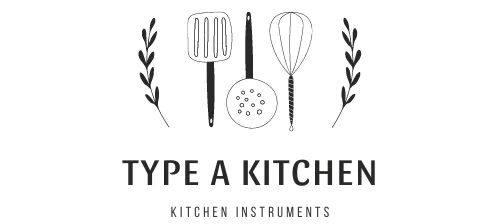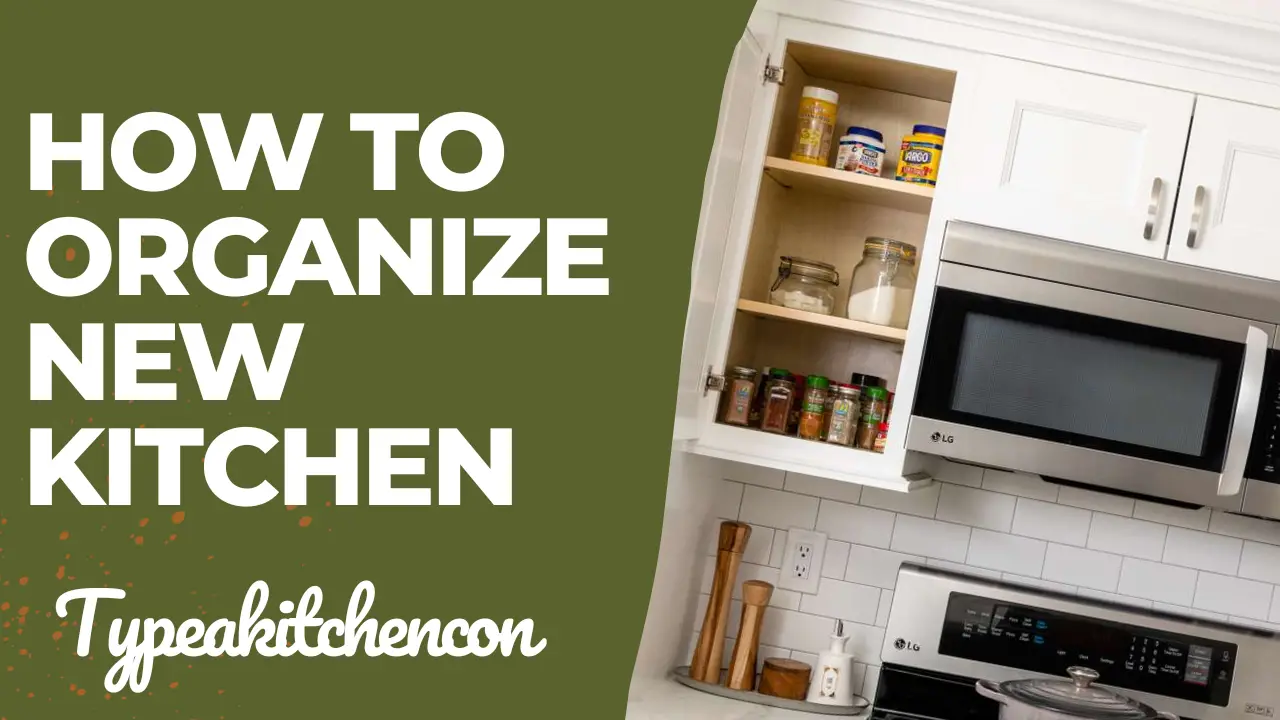Introduction:
Organizing a new kitchen can be an exciting and daunting task. Whether you are moving into a new home or simply revamping your existing kitchen, having an organized space can make cooking and meal preparation much more enjoyable. In this blog series, we will explore various tips and strategies to help you effectively organize your new kitchen.
In the first part of this series, we will discuss the importance of decluttering your kitchen before diving into the organizing process. Next, we will delve into creating functional zones within your kitchen. By grouping similar items together based on their usage or purpose, you can optimize workflow and minimize time spent searching for things. With these helpful tips and tricks at hand, you’ll soon have a well-organized kitchen that is both aesthetically pleasing and highly functional!
Overview of How to organize the new kitchen:
When it comes to organizing a new kitchen, there are several key factors to consider. First and foremost, it is crucial to have a clear vision of how you want your kitchen space to function. This involves determining the primary activities that will take place in the kitchen, such as cooking, food preparation, and dining. Next, it is important to assess your storage needs. In addition to functionality and storage considerations, aesthetics also play an essential role in organizing a new kitchen. Additionally, ensure proper lighting throughout the kitchen area by using a combination of task lighting for work areas and ambient lighting for overall illumination.
By carefully considering these aspects – functionality, storage needs, and aesthetics – you can effectively organize your new kitchen into an inviting and efficient space where cooking becomes enjoyable rather than overwhelming.
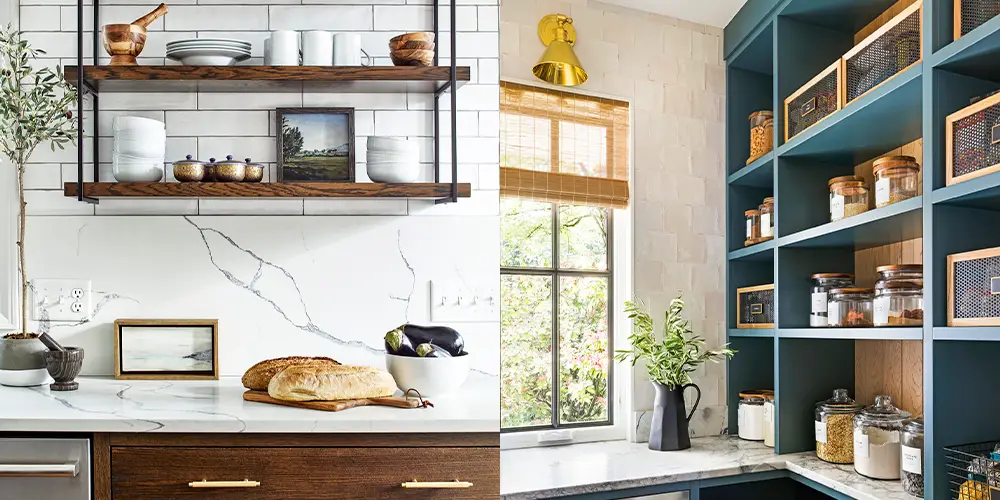
10 ways How to organize a new kitchen:
1. Declutter:
One important aspect of organizing a new kitchen is to declutter the space. Decluttering your kitchen not only helps in creating a more organized and functional area but also allows you to make the most out of the available storage space. Start by going through all your cabinets, shelves, and drawers, and get rid of any items that are no longer needed or used. This includes expired food products, duplicate utensils, and appliances that are broken or rarely used.
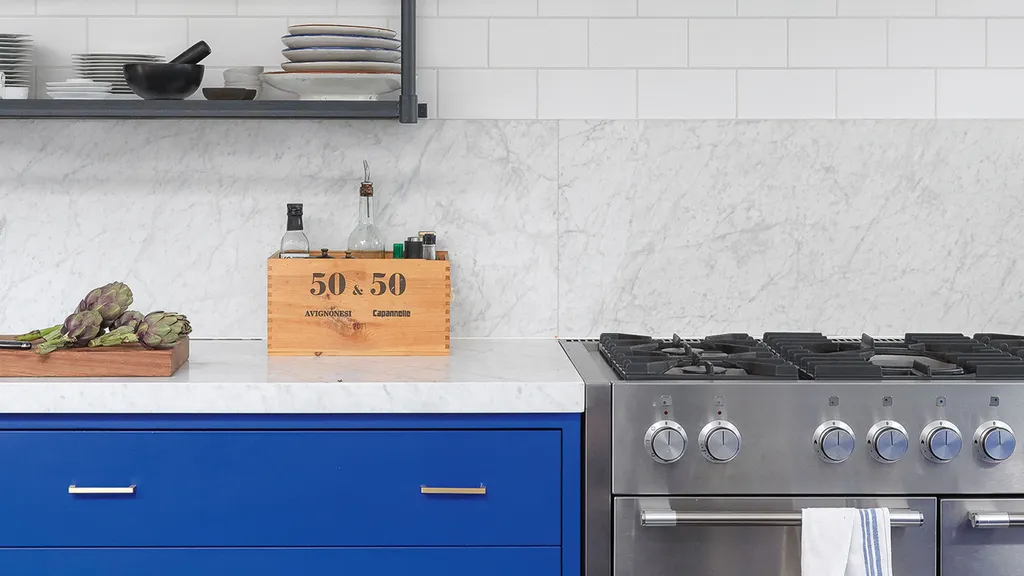
2. Categorize items:
Categorizing items is essential when organizing a new kitchen. By categorizing, you can easily locate the items you need and maintain an efficient workflow. One way to categorize is by function. Group similar items together such as baking supplies, cooking utensils, and food storage containers. This allows you to create designated zones within your kitchen, making it easier to find what you need while cooking or baking.
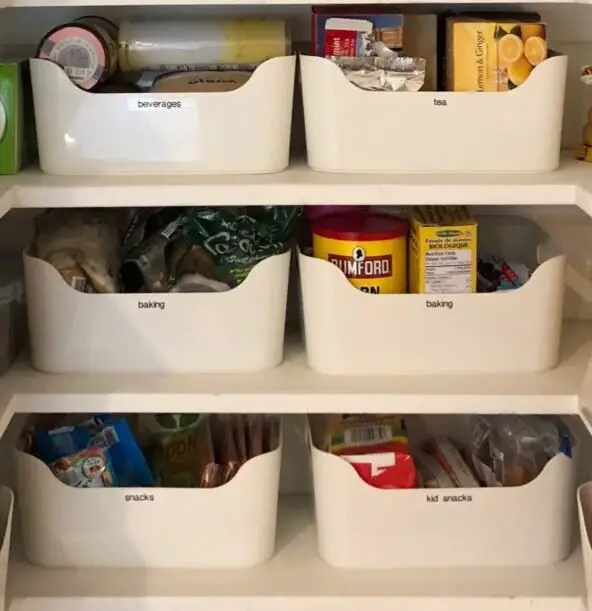
3. Use drawer dividers:
Drawer dividers are a game-changer when it comes to keeping your kitchen organized. These handy tools help you create separate compartments within your drawers, making it easier to store and find items. Whether you’re organizing utensils, cutlery, or small kitchen gadgets, drawer dividers allow you to allocate specific spaces for each item category. This not only keeps things neat but also saves time when searching for what you need.
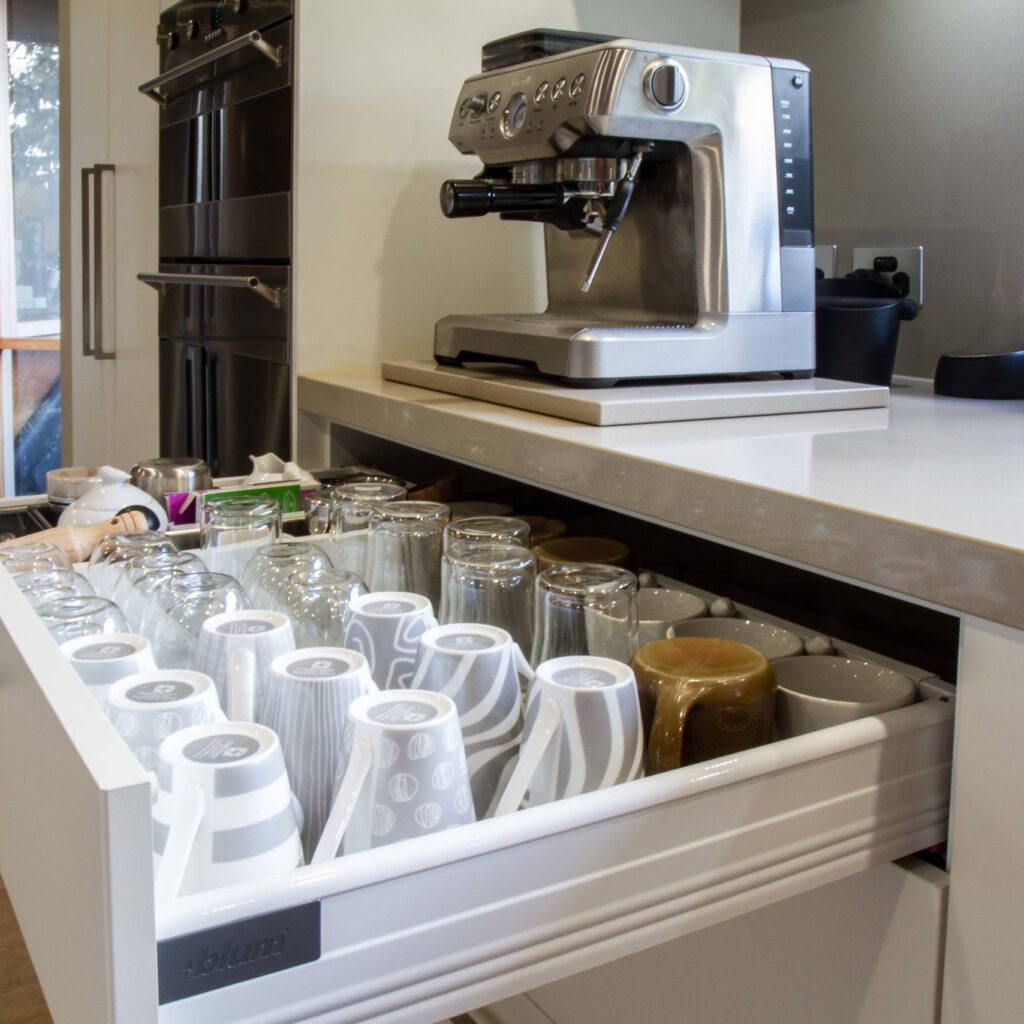
4. Install shelves and racks:
One of the key elements in organizing a new kitchen is to install shelves and racks. These provide additional storage space and make it easier to keep your kitchen essentials organized and within reach. By installing shelves on your walls, you can utilize vertical space that would otherwise go unused. This allows you to store items such as spices, cookbooks, and small appliances in a neat and accessible manner.
5. Utilize the inside of cabinet doors:
Utilizing the inside of cabinet doors is a clever way to maximize storage space and keep your kitchen organized. One idea is to install hooks or racks on the inside of cabinet doors to hang frequently used items such as measuring spoons, oven mitts, or even cutting boards. This not only frees up drawer space but also makes these items easily accessible when needed.
6. Label containers and jars:
One important aspect of organizing a new kitchen is to label containers and jars. This simple yet effective practice can greatly contribute to the efficiency and functionality of your kitchen space. By labeling containers, you can easily identify the contents inside without having to open each one, saving you time and effort.
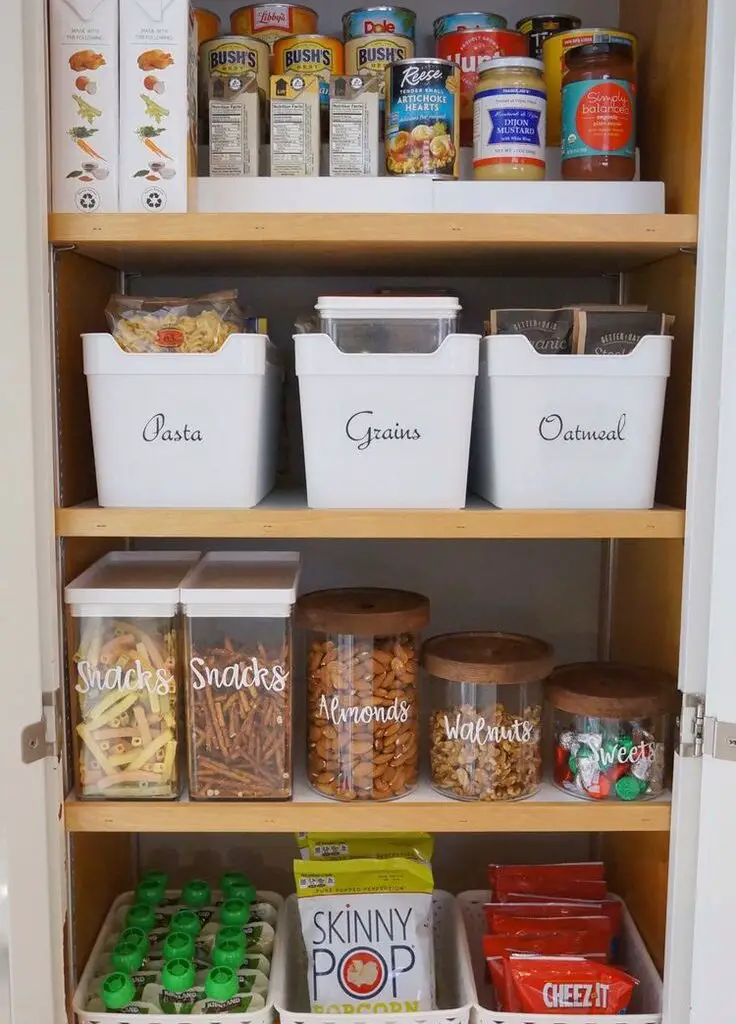
7. Create a meal planning area:
One important aspect of organizing a new kitchen is creating a designated area for meal planning. This can help streamline your cooking process and make it easier to stay organized and prepared for meals throughout the week. Start by finding a suitable location in your kitchen where you can set up this meal-planning area. Once you have determined the location, gather all the necessary supplies to create your meal planning area. Consider adding some wall-mounted shelves above your meal planning area to store spices, oils, and other frequently used ingredients. Lastly, don’t forget to incorporate proper lighting into this space so that you can comfortably read recipes and plan meals even during evening hours.
8. Use drawer organizers for cutlery:
One of the best ways to organize your cutlery in your new kitchen is by using drawer organizers. These handy tools come in various shapes and sizes, allowing you to customize your drawer space according to your needs. By using drawer organizers for your cutlery, you can keep everything neatly separated and easily accessible.
9. Optimize the refrigerator and freezer:
One important aspect of organizing a new kitchen is optimizing the refrigerator and freezer. This involves arranging items in a way that maximizes space, improves efficiency, and keeps food fresh for longer periods.
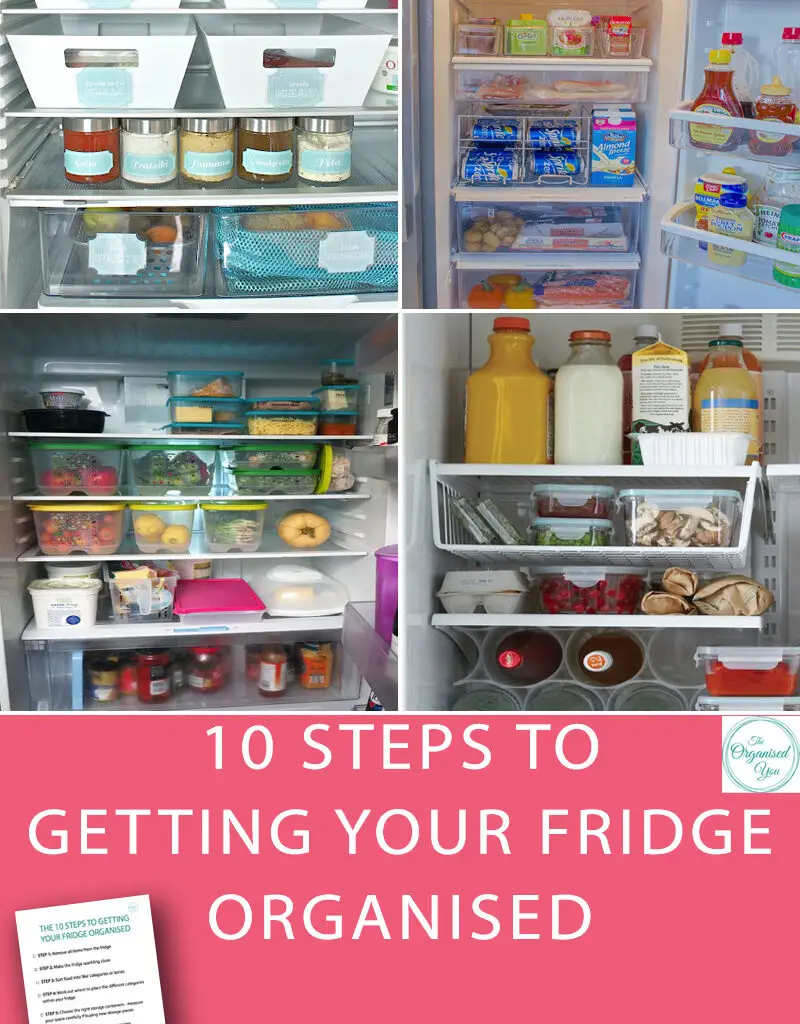
10. Arrange based on the frequency of use:
When it comes to organizing a new kitchen, arranging items based on their frequency of use is essential for efficiency and convenience. The first step is to identify the most commonly used items in your kitchen. Next, consider the frequency of use for your dishes and glassware. Less frequently used items like fine China or special occasion glasses can be stored higher up or in less accessible places.
Conclusion:
Organizing a new kitchen can be a daunting task, but with the right approach and strategies, it can also be an exciting opportunity to create a functional and efficient space. By following these steps – decluttering, categorizing, maximizing storage, labeling, and maintaining – you can transform your kitchen into a well-organized and enjoyable area for cooking and entertaining. Remember to take your time, enlist the help of others if needed, and make adjustments as necessary. With patience and persistence, you will soon have a kitchen that is not only organized but also reflects your personal style and taste. So go ahead and start organizing your new kitchen today!
